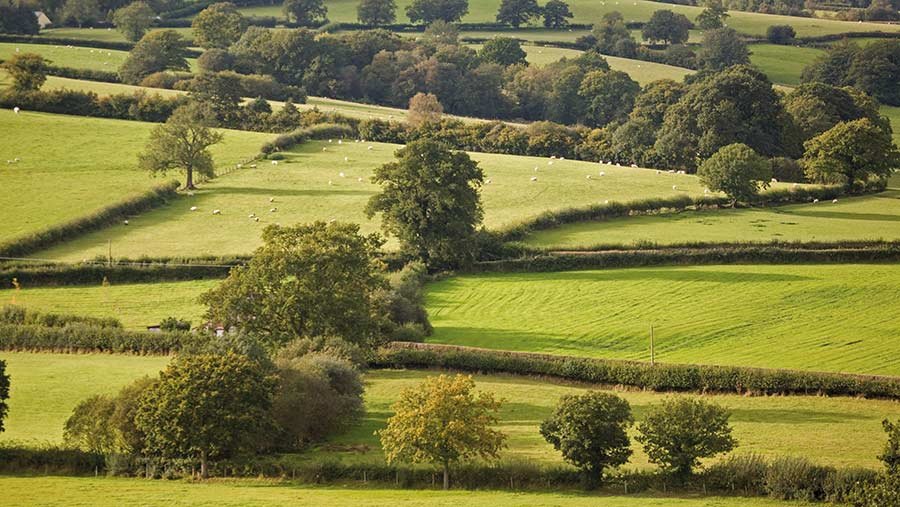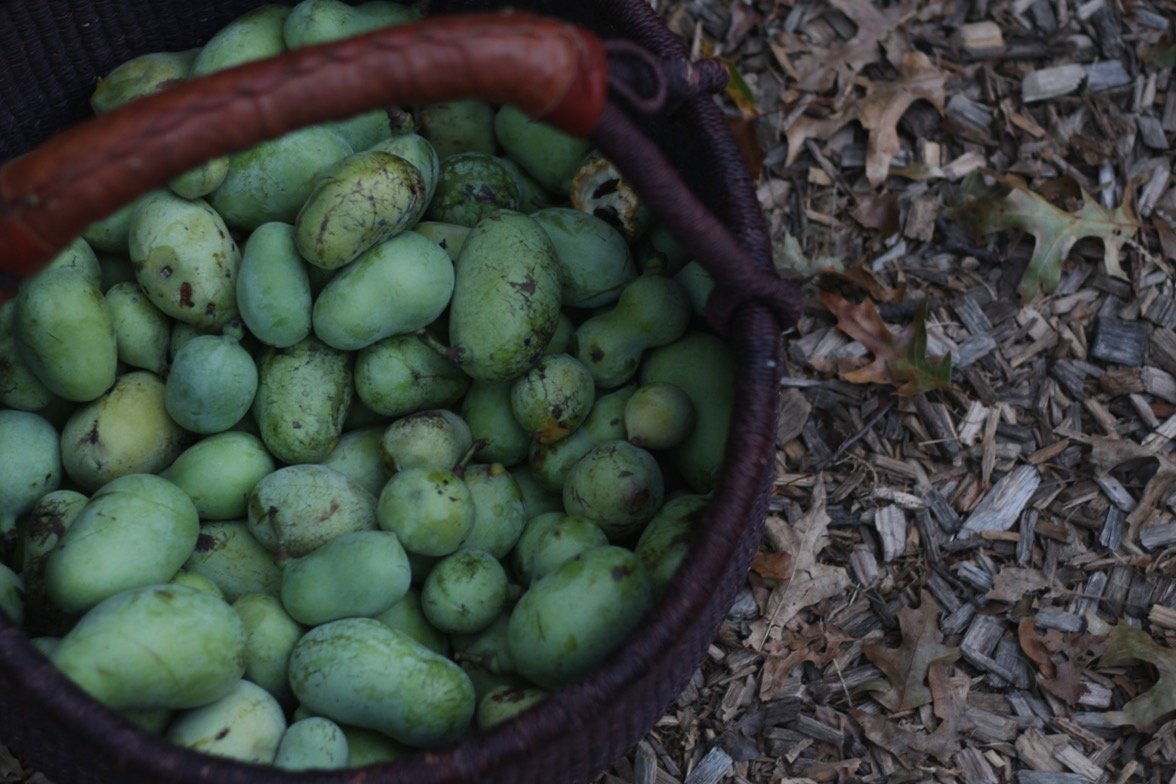Vertical farming is a technique that uses the stacking of plants on top of one another to maximize their use of space and light. Essentially, the technique maximizes yield and can be used in urban spaces or industrialized areas where soil quality is low or distance from the market demands heavy inputs. It has been successfully pioneered in places like New York City, Philadelphia, Shanghai, London, Amsterdam, and Singapore.
What is a vertical farm?
A vertical farm is a type of industrial farming technology that uses hydroponics to grow crops and produces high-yield food in an efficient, sustainable, and humane manner. By stacking containers on top of one another and filling them with nutrient solutions that hang down from the top, producers can vertically cultivate plants like lettuce or herbs. Vertical farms use more efficient and sustainable agricultural techniques than fields or greenhouses.
How effective is vertical farming?
It’s twice as productive per square meter and up to six times more productive than conventional farms. In terms of water, it uses 98 percent less than traditional farming, which solves a number of concerns on the planet.
How Does Vertical Farming Work?
Vertical farming works by stacking large containers (i.e. shipping containers) vertically and then filling them with a nutrient solution that hangs down from the top and is pulled through the plant roots by gravity. The only input is water and electricity.
What are the advantages of vertical farming?
In some urban areas, traditional agriculture isn’t possible due to space shortages and poor soil quality. For instance, in densely populated areas like Hong Kong, a vertical farm can turn a city block into an acre of farmland while using only the footprint of a single building. Such farms also allow landowners to maximize revenue by generating income from real estate located on the lower floors of the building that contains the farm.
Vertical farming also saves 99% of water and 99% of fertilizers. It also uses 99% less land and generates higher yield per square meter. Also, the production system is fully automated and does not require any human labor, making it a perfect system for urban areas with large amounts of people but limited space.
In addition to the above advantages, this technique can provide us with a source of locally grown nutritious food that minimizes environmental impacts.
Are there any disadvantages of vertical farming?
Vertical farming, though being a great option for urban and industrial areas, cannot be used in non-urbanized areas. Vertical farms will always require electricity to power the lights and pumps that run the farm. As a result, this technique is not suitable for areas with limited electricity or a lack of infrastructure to provide it. Also, the farm will not be able to operate during a power outage.
Vertical farming is one of the most promising solutions in terms of agriculture and food security. The key to this system is getting the cost of setting up a vertical farm to be less than the costs of conventional farming to make it economically viable. In addition, vertical farming gets more yield per square meter than traditional farms, making it competitive with organic farms. The future looks bright for vertical farms as governments and institutions around the world create policies that support this technique and encourage more private sector initiatives in this field.













